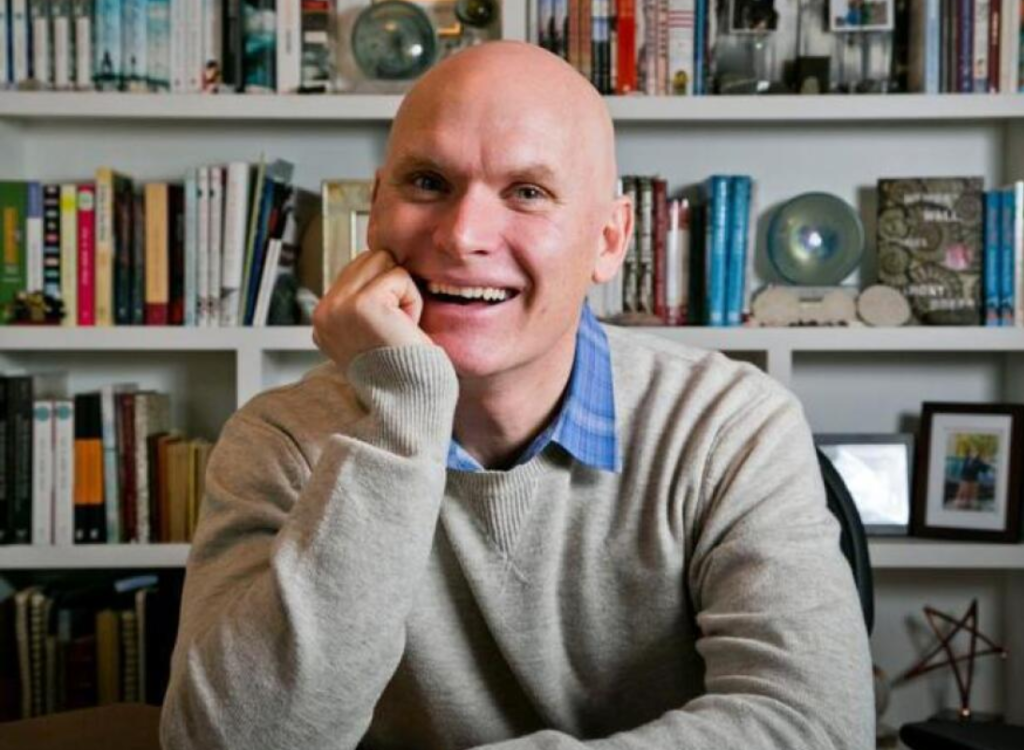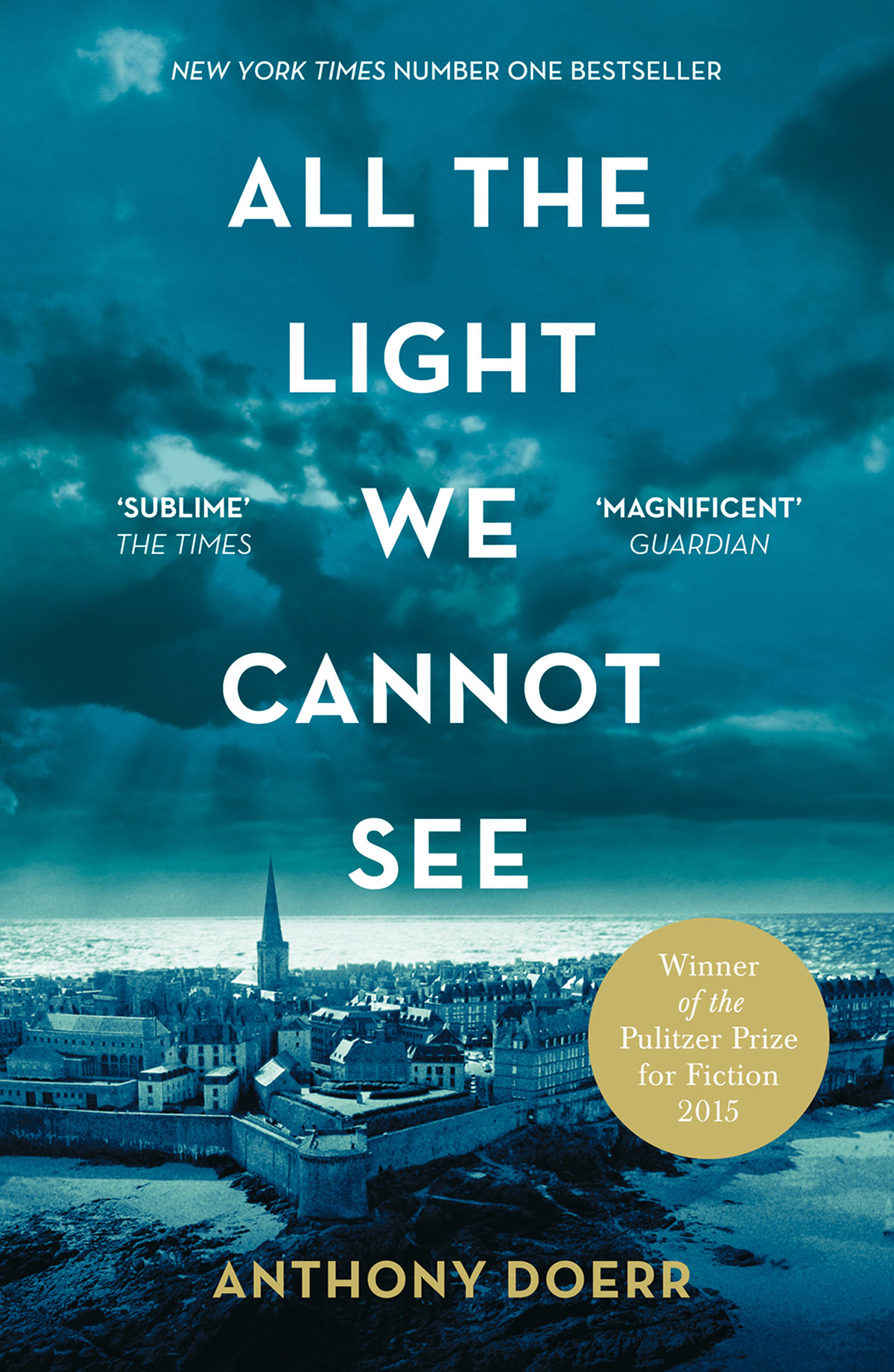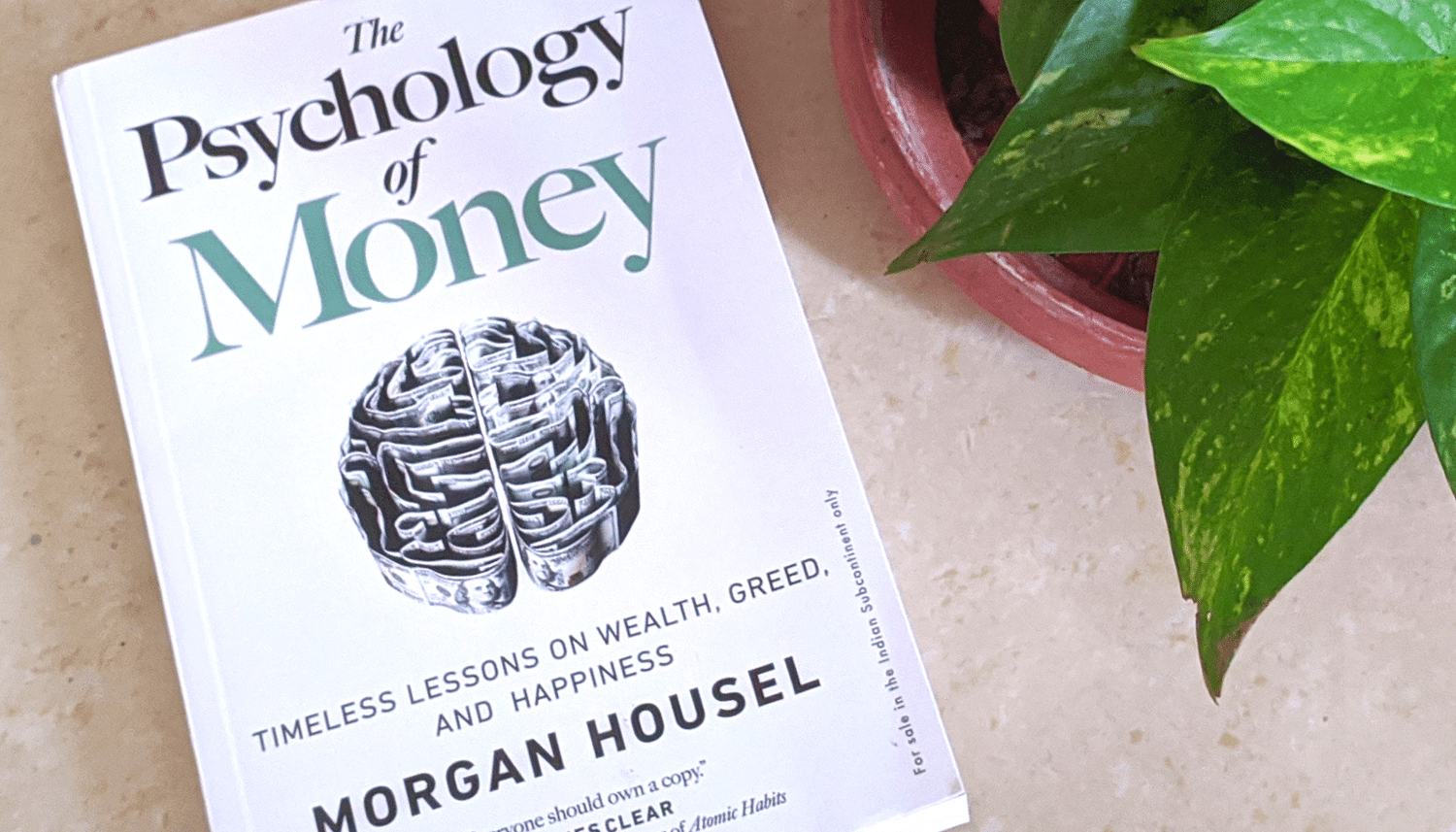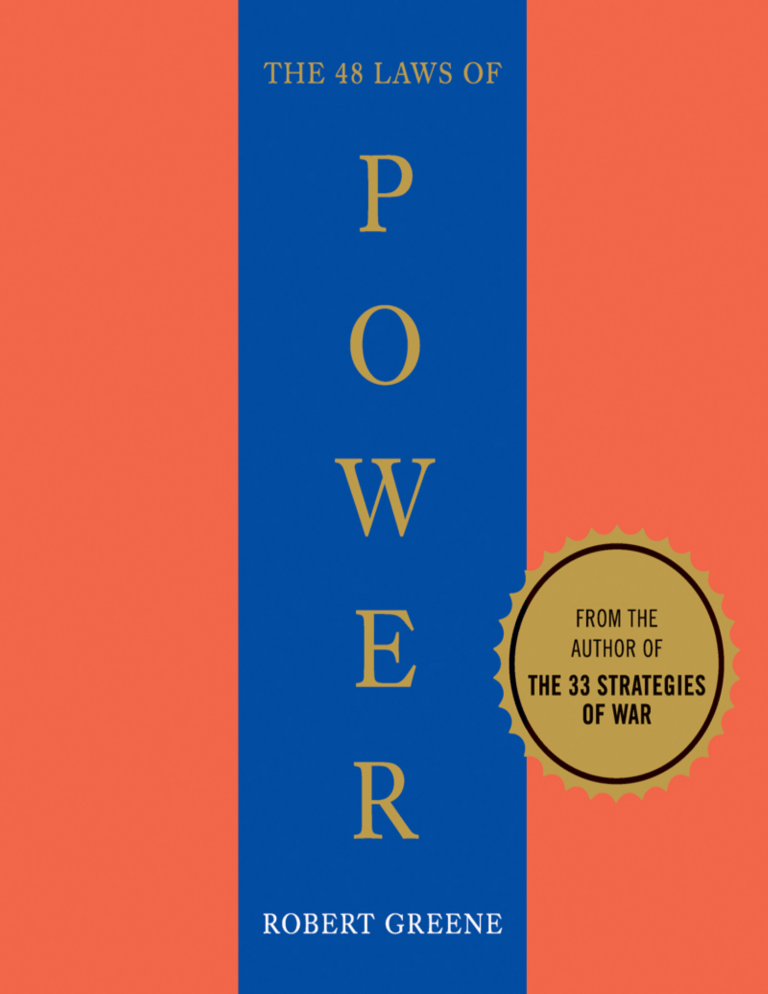Table of Contents
In this All The Light We Cannot See summary, we dive into Anthony Doerr’s Pulitzer Prize-winning novel, “All The Light We Cannot See,” a fictional bestselling novel that tells a captivating story set against the tumultuous backdrop of World War II.
The narrative follows two young individuals, Marie-Laure LeBlanc, a blind French girl, and Werner Pfennig, a German orphan with a gift for radio technology, whose lives become intertwined amidst the chaos and destruction of war.
Plot Summary
The novel follows the parallel journeys of Marie-Laure LeBlanc and Werner Pfennig against the backdrop of World War II.
Marie-Laure’s Story
Marie-Laure, a young girl living in Paris, loses her sight at the age of six. Her father, a locksmith at the Museum of Natural History, creates a detailed miniature model of their neighborhood to help her navigate the world.
As the war intensifies, rumors spread about a priceless diamond, the Sea of Flames, entrusted to the museum for safekeeping. Fearing the advancing German forces, Marie-Laure and her father flee Paris and seek refuge in the coastal town of Saint-Malo, where they live with her reclusive great-uncle, Etienne.
Confined to their house due to the dangers of the war, Marie-Laure finds solace in books, particularly the adventures of Jules Verne. Her great-uncle, haunted by his experiences in World War I, builds a secret radio transmitter in the attic. As the German occupation tightens its grip, Etienne begins broadcasting coded messages of resistance, unwittingly drawing danger to their doorstep.
In a twist of fate, Marie-Laure’s father is arrested while trying to deliver a mysterious package to a friend of the museum director. His fate remains unknown, leaving Marie-Laure to rely on her resilience and the kindness of those around her.
Werner’s Story
Werner, an orphaned boy growing up in a German mining town, discovers a passion for radio technology. His talent earns him a place at Schulpforta, an elite Nazi training school.
At Schulpforta, Werner excels in his studies but faces the brutal indoctrination of the Nazi ideology. His bunkmate, Frederick, a sensitive boy who loves birds, becomes a victim of the school’s harsh discipline, leaving a lasting impact on Werner.
As the war progresses, Werner is assigned to a special unit tasked with hunting down resistance radio transmitters. His skills are put to the test as he tracks signals across occupied Europe, facing the moral dilemmas of his actions.
Convergence and Climax
Werner’s unit eventually arrives in Saint-Malo, where their paths intersect with Marie-Laure’s. He becomes intrigued by the mysterious radio transmissions emanating from her great-uncle’s house.
As the Allied forces bombard Saint-Malo, Werner finds himself trapped in the ruins of the Hotel of Bees, while Marie-Laure and Etienne remain isolated in their house, fearing discovery. In a desperate act of defiance and connection, Marie-Laure broadcasts a passage from Jules Verne’s “Twenty Thousand Leagues Under the Sea,” capturing Werner’s attention amidst the chaos.
Their stories culminate in a dramatic encounter within the besieged city, where Werner’s choices ultimately determine their fates. The book provides glimpses of the characters’ lives after the war, highlighting the enduring impact of their experiences and the long process of healing.
Marie-Laure builds a new life, finding solace in her memories and the enduring power of stories. Werner’s fate is alluded to, but his legacy lives on in the memories of those whose lives he touched.
The concluding chapters offer a poignant reflection on the interconnectedness of human lives, the echoes of war that reverberate through generations, and the enduring search for meaning and connection in a world shaped by conflict.
Central Themes
The Enduring Power of Human Connection
Doerr poignantly portrays the profound significance of human connection, especially in times of adversity. Marie-Laure and Werner, separated by nationality and circumstance, find solace in their shared fascination with science and radio. Their connection, though fragile and challenged by the war, underscores the innate human desire for understanding and empathy that transcends physical and ideological barriers.
Resilience in the Face of Overwhelming Odds
The novel champions the extraordinary resilience of individuals confronting immense challenges. Marie-Laure’s blindness, rather than limiting her, becomes a source of strength, enabling her to experience the world through her heightened senses. Her father empowers her with a detailed model of their neighborhood, fostering her independence and resourcefulness.
Similarly, Werner grapples with maintaining his humanity within the dehumanizing system of the Nazi regime. He finds moments of solace in music and intellectual pursuits, revealing the human capacity to find beauty and meaning even in the darkest of times.
War’s Devastating Impact on Innocence and Humanity
Doerr unflinchingly depicts the brutal realities of war, showcasing its devastating impact on individuals and communities. The bombing of Saint-Malo, vividly described in the book, highlights the indiscriminate nature of violence and the profound sense of loss experienced by those caught in its path. The narrative explores the erosion of innocence as young characters like Marie-Laure and Werner are forced to confront the horrors of conflict, emphasizing the lasting psychological and emotional scars left by war.
Navigating the Labyrinth of Moral Choices
Doerr masterfully avoids simplistic representations of good and evil, highlighting the complexity of moral choices during wartime. Werner’s journey embodies this ambiguity, as his initial aspirations for a better life through education at Schulpforta become entangled with the Nazi ideology.
His internal struggles with duty, ambition, and compassion underscore the difficult decisions individuals face in times of conflict and the potential for even good intentions to lead to devastating consequences.

Character Growth and Lessons
Marie-Laure LeBlanc: A Beacon of Resilience and Inner Strength
Marie-Laure’s journey exemplifies the transformative power of resilience. Her blindness, though initially a source of fear and isolation, becomes a catalyst for developing her other senses, leading to a unique and profound understanding of the world.
Through her father’s guidance and her own determination, she learns to navigate her surroundings, relying on sound, touch, and memory to create a vibrant internal map of her world. Her unwavering spirit and ability to find beauty in the simplest things, like seashells or the scent of bread, highlight the importance of appreciating the everyday wonders that often go unnoticed.
Werner Pfennig: A Tragic Figure Grappling with Moral Dilemmas
Werner’s path is a cautionary tale of how a promising young mind can be manipulated by a corrupt ideology. His innate curiosity and talent for radio technology lead him to Schulpforta, where he excels academically but faces the insidious indoctrination of the Nazi regime.
As he progresses through the ranks, he witnesses the regime’s brutality firsthand, leading to internal conflict between his ingrained sense of duty and his growing moral unease. His ultimate act of redemption, risking his life to help Marie-Laure, underscores the enduring power of human connection to transcend ideological divisions and awaken a sense of compassion even in the most hardened hearts.
Secondary Characters: Shaping the Protagonists’ Journeys
The book highlights the vital roles played by secondary characters in shaping the protagonists’ paths. Daniel LeBlanc, Marie-Laure’s father, instills in her a love for knowledge, a sense of wonder, and the tools to navigate a world without sight. Madame Manec, their protector in Saint-Malo, embodies courage and selflessness, offering a safe haven and a sense of community amidst the upheaval of war. Etienne, Marie-Laure’s great-uncle, while struggling with his own trauma from World War I, finds purpose in defying the occupation through clandestine radio broadcasts, inspiring Marie-Laure with his acts of resistance.
Symbolism and Motifs
The Elusive Sea of Flames Diamond: A Symbol of Power and its Corrupting Influence
The Sea of Flames diamond, a legendary gem rumored to possess both beauty and a curse, functions as a powerful symbol throughout the novel. It embodies the allure of power and its potential to corrupt those who seek to possess it.
The diamond’s journey through history, mirroring the ebb and flow of war and conflict, highlights the cyclical nature of human ambition and the destructive consequences of chasing elusive promises of immortality or dominance.
Radio: A Lifeline of Connection and Hope Amidst Chaos
The radio serves as a potent symbol of connection, knowledge, and hope in the midst of war’s isolating effects. For Marie-Laure and Werner, it becomes a lifeline to the outside world, offering education, entertainment, and a shared sense of humanity that transcends physical boundaries. Etienne’s clandestine broadcasts further emphasize the radio’s power to defy oppression and foster a sense of community through shared experiences.
The Miniature City: A Symbol of Order and the Fragility of Innocence
Daniel LeBlanc’s meticulous model of Saint-Malo represents order and stability in a world consumed by chaos. For Marie-Laure, it becomes a tangible connection to home and a tool for navigating her surroundings. The model’s eventual destruction during the bombing symbolizes the loss of innocence and the shattering of the familiar world they once knew.
Emotional Impact and Reader Reflection
Doerr’s masterful storytelling evokes a range of powerful emotions, prompting reflection on the human experience during wartime.
- The harrowing bombing of Saint-Malo, described with visceral imagery, immerses the reader in the terror and destruction experienced by the city’s inhabitants. The scenes of families fleeing, seeking shelter, and struggling to survive amidst the rubble highlight the indiscriminate nature of war and the profound sense of loss it inflicts.
- Werner’s moral descent and eventual act of redemption create a complex emotional arc that leaves a lasting impact. His internal struggles with the demands of the Nazi regime and his yearning for a different life evoke empathy, while his ultimate choice to help Marie-Laure, even at the cost of his own life, offers a glimmer of hope amidst the darkness.
- The novel’s conclusion, while tinged with sadness, leaves a lingering sense of resilience and the enduring power of human connection. Marie-Laure rebuilding her life after the war, finding love, and cherishing the memories of those she lost, demonstrates the capacity for healing and growth even in the face of profound trauma.
Cultural and Historical Context
The novel is deeply rooted in the historical context of World War II, providing insights into the social and political dynamics of the era.
- The rise of Nazi Germany, with its ideology of racial purity and aggressive expansionism, is portrayed through Werner’s experiences at Schulpforta, where young minds are molded to serve the regime’s goals. This historical context provides a chilling reminder of the dangers of propaganda and the seductive nature of ideologies that prey on fear and prejudice.
- The French Resistance, portrayed through Etienne’s clandestine radio broadcasts and the acts of defiance by ordinary citizens, highlights the courage and determination of those who resisted Nazi occupation. Their actions underscore the human capacity for resilience and the importance of fighting for freedom even in the face of seemingly insurmountable odds.
- The setting of Saint-Malo, a historic port city with ancient fortifications and a rich cultural heritage, serves as a microcosm of the war’s impact on communities. The city’s siege and eventual destruction symbolize the broader devastation wrought by conflict and the struggle to preserve identity and hope amidst the ruins.
Conclusion
“All The Light We Cannot See” is a powerful and enduring testament to the human spirit’s capacity for resilience, connection, and hope in the face of unimaginable adversity.
Through its intricately woven narratives, the book provides a glimpse into the lives of individuals navigating the moral complexities of war, the enduring power of human connection, and the devastating impact of conflict on innocence and humanity.
Doerr’s masterful use of symbolism and historical context further enriches the narrative, offering a timeless message that continues to resonate with readers long after the final page is turned.
The novel’s exploration of themes such as the allure and peril of power, the importance of individual choice, and the search for meaning in a world ravaged by war provides a profound reflection on the human condition that transcends its historical setting and speaks to the enduring challenges we face in our own time.
Read our other Fiction book summaries here
Liked All The Light We Cannot See summary? Buy the book on Amazon here
You may also like:








Leave a Reply